HTC 10 Review - clapperhavers
HTC was once a powerful force in the phone market. Even just a a few years go the companion was producing solid Android devices; the One M7 in particular was unrivalled of my popular handsets of the fourth dimension. But over the last two old age HTC has lost significant ground, releasing a assembling of uninspiring mid-range devices and flagships that failed to compete with the plumping guns of Samsung, Apple and LG.
The HTC 10 Simon Marks the start of a new chapter for HTC. The company listened to drug user feedback – particularly surrounding the disappointing One M9 – to foxiness an wholly new, high-level-end device with a competitive and fresh set of features. If there's some recent product from HTC that could make the company germane again in the smartphone distance, it's this unrivaled.
The signature metal body of former HTC smartphones has returned, complete with new additions like a fingerprint scanner and USB Type-C. The photographic camera, a job area for HTC's other devices, has been completely overhauled in the HTC 10 with a new 12-megapixel sensor, a wide f/1.8 lens, and sensory receptor image stabilization. Plus we'ray seeing welcome iterations such as a new 5.2-inch 1440p LCD and a Snapdragon 820 SoC.
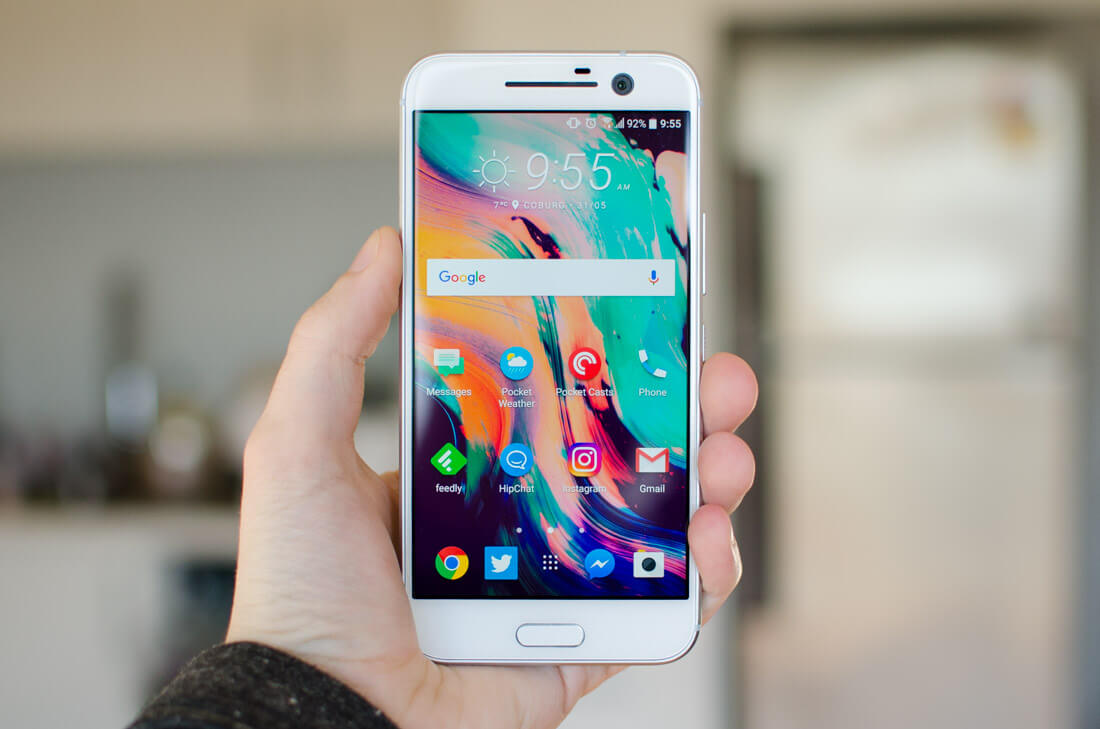
Crafting beautiful high-end smartphones is HTC's specialty, and the HTC 10 is another exemplary presentation of this. The each-metal unibody, which encompasses the stallion buttocks impanel and the sides of this device, is one of my favorite chassis of the year. It looks fantastic, with the shiny beveled rim complementing the matte support panel dead. All of the qualities of aluminium are on egg-filled display here, leading to a premium industrial design with a feel to play off.
Just IT's non reasonable the metal that makes this design good: HTC's designers are masters at nailing the trivial things. The way the metal unibody joins the glass front panel minimizes a embarrassing edge, which makes the phone comfortable to hold. The polycarbonate antenna bands are a necessary part of this design, and if anything they add to the visual appeal. The arced back panel hides heaviness and fits well in your palm. The raised camera mental faculty looks amazingly good in individual overly.
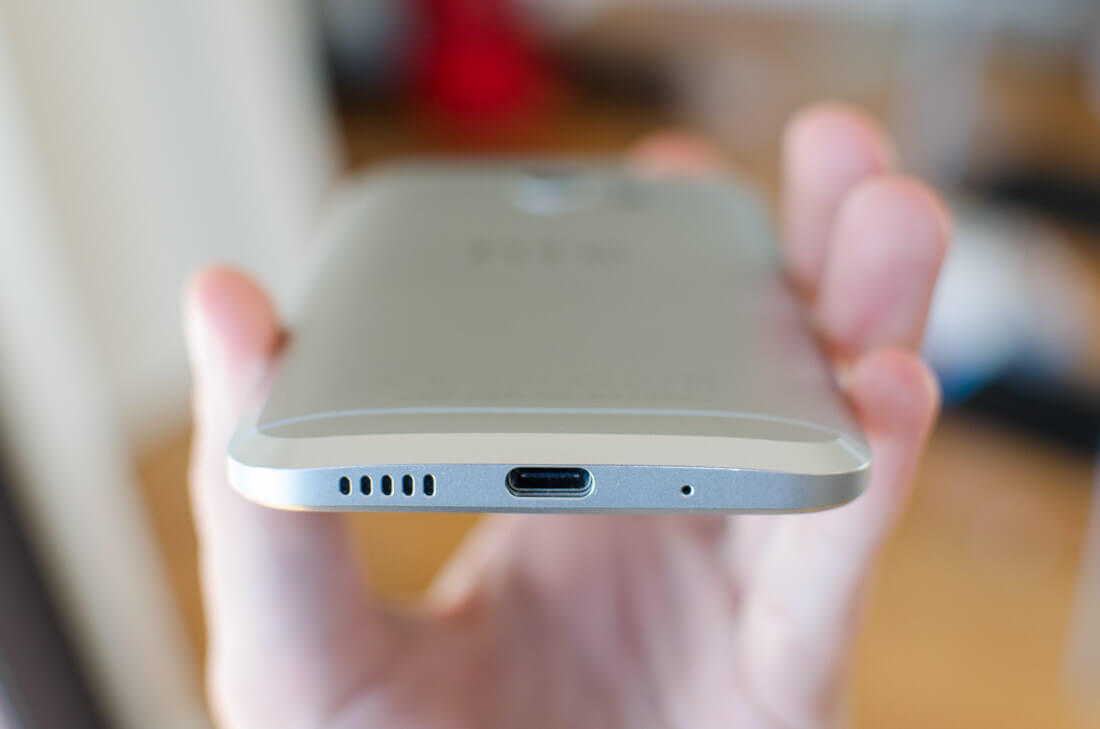
That's not to say the design is perfect. The front panel, which is white connected the silver model, doesn't expect virtually as slick as the rear panel. The design here is rather derivative and unimaginative, which is a perfect difference from HTC's previous smartphones.
The lack of stereo, front-facing BoomSound speakers is a immense disappointment approach from previous HTC handsets. I ever love seeing a good audio system on a smartphone – it's great for playing games or observation the odd YouTube video – and historically HTC has had the uncomparable. Yet, with the main speaker relocating to the bottom of the handset, the HTC 10's speaker system is pedestrian at best.
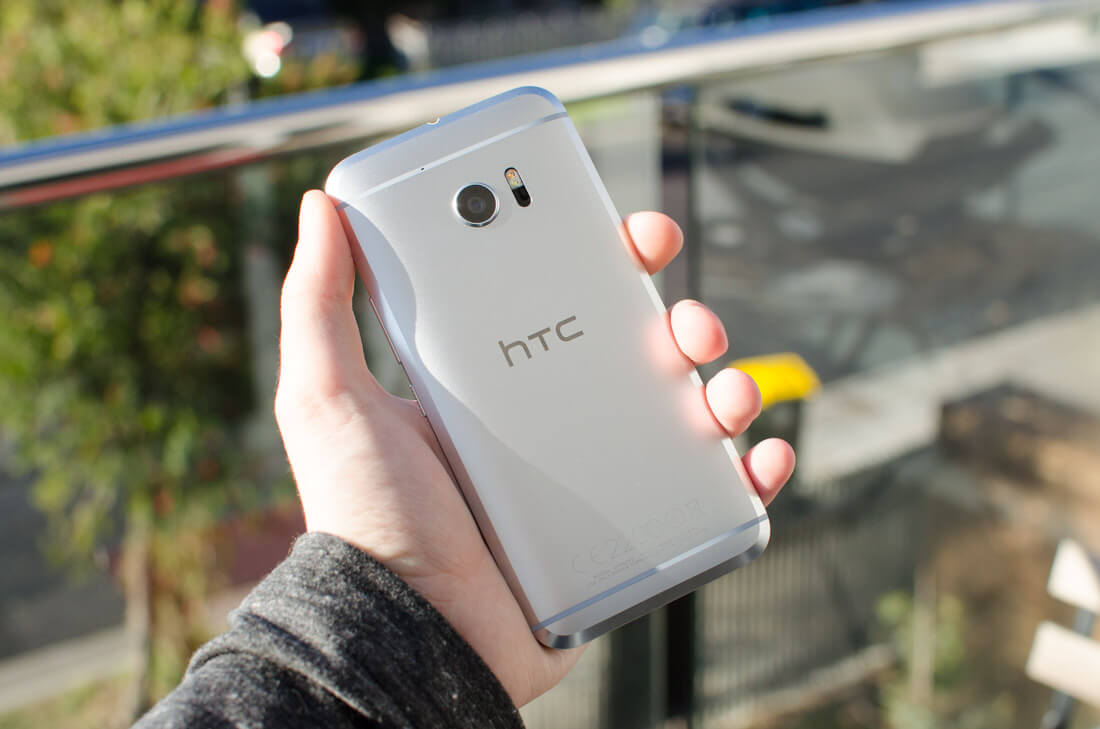
The regression here isn't all bad. The bottom speaker is used in conjunction with the in-call speaker to a higher place the display while performin audio, and so the French telephone still delivers stereo sound. Still the two speakers aren't weighted evenly: the bottom verbalizer is more powerful and better quality, which makes the audio frequency produced strait like it's mostly coming from one side when the handset is held in a landscape painting predilection.
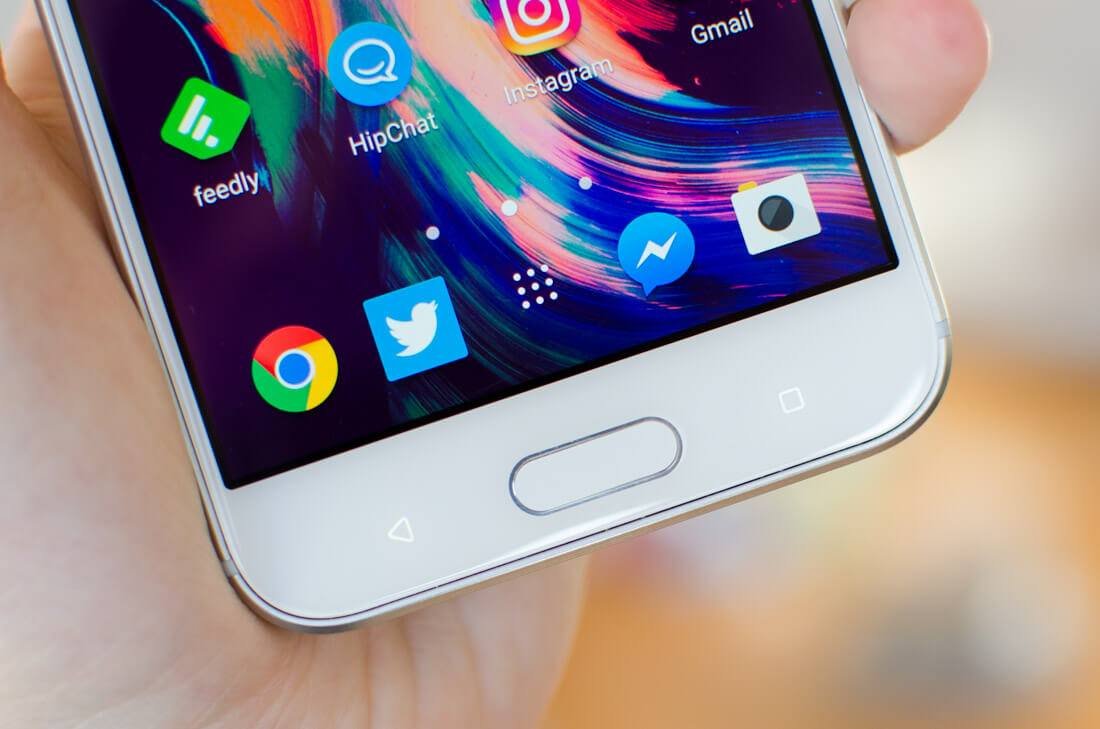
The talker below the video display has been removed to agree a fingermark sensor, which doubles arsenic a physical home clitoris. I prefer these sensors to be positioned on the back of the French telephone as it's a more natural position (and it would allow BoomSound to remain), but HTC's sensor here is very responsive and right as you'd expect from a modern flagship.
To the left-wing and right of the fingerprint sensor are the back and app switching navigation buttons respectively. You wouldn't know they were positioned there as the backlit icons only appear when one of the buttons is pressed. Considering the lengthy body of the HTC 10, I would let preferred on-blind buttons here to assist with usability; the physical buttons are slightly too furthermost down the face of the handset, particularly the back push button as a right-hander, for comfortable one-handed usage.
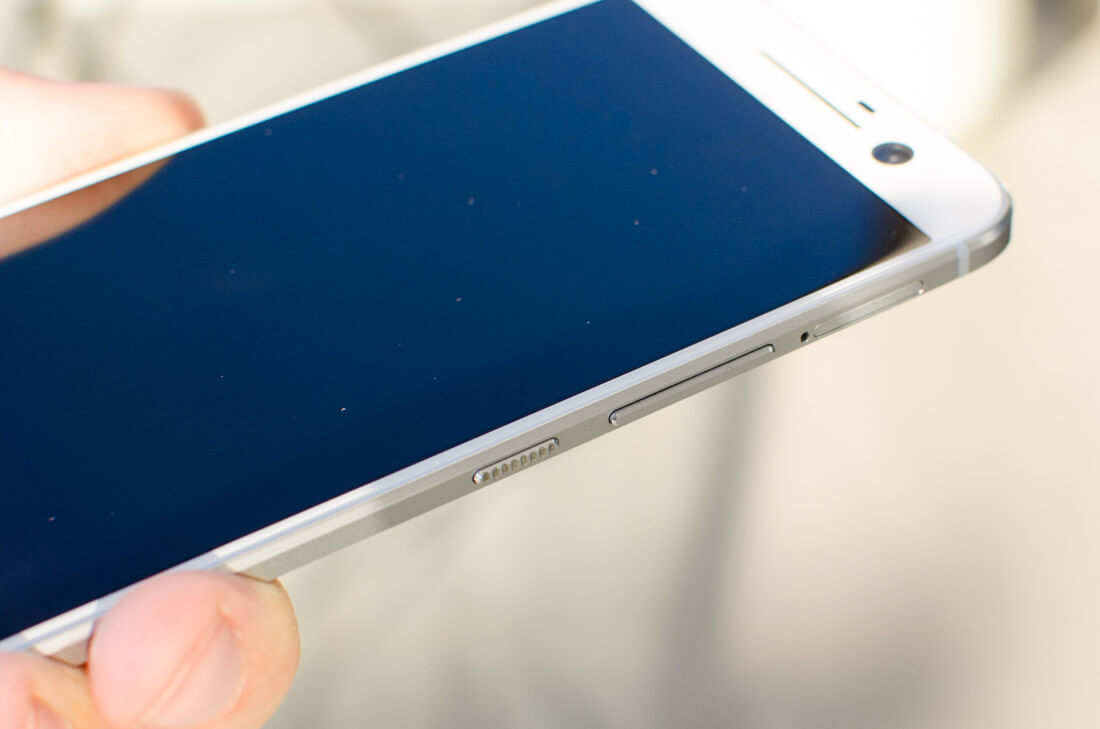
The power and mass buttons are located at a cozy position on the right side of the gimmick. HTC has cleverly textured the power button so that it can beryllium easily differentiated from the book rocker without sounding, which makes it real easy to hit the power push button every time you wish to. Again, this is another small touch modality that HTC has ready-made to improve the design of the HTC 10.
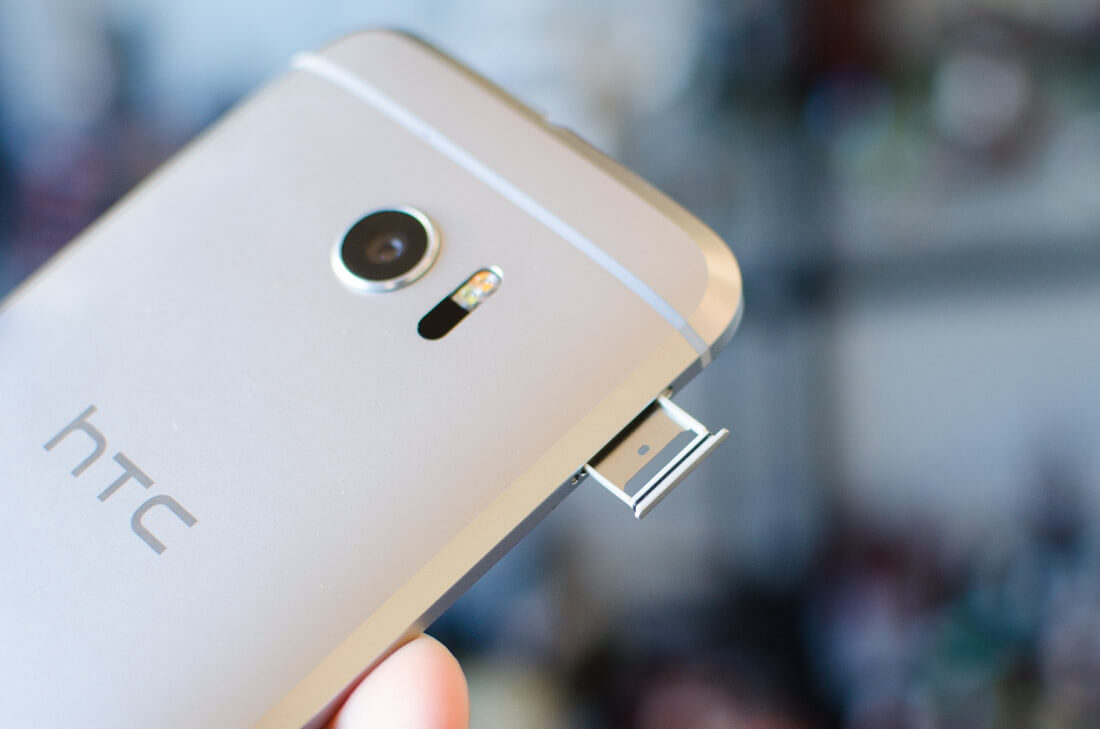
Around the edges HTC has also included a 3.5mm headphone jack on the best, and the USB-C port on the bottom. I e'er like the cellular inclusion of a USB-C port on smartphones, and this is no exception. There's also two trays along either side, matchless for the nano-SIM, and the other for the microSD card time slot. The trays are well secret enough to not disrupt the rest of the design.
Source: https://www.techspot.com/review/1184-htc-10/
Posted by: clapperhavers.blogspot.com


0 Response to "HTC 10 Review - clapperhavers"
Post a Comment